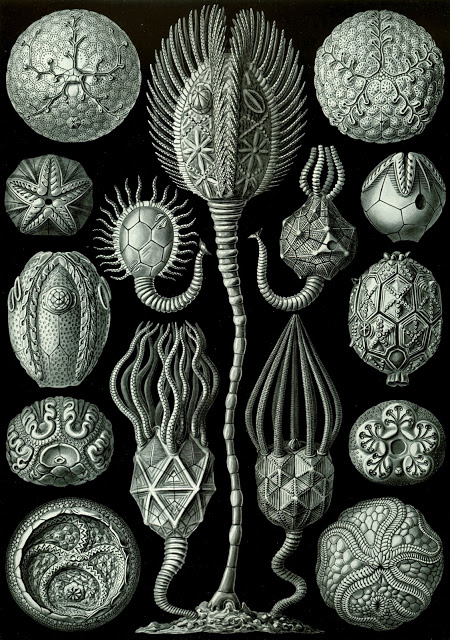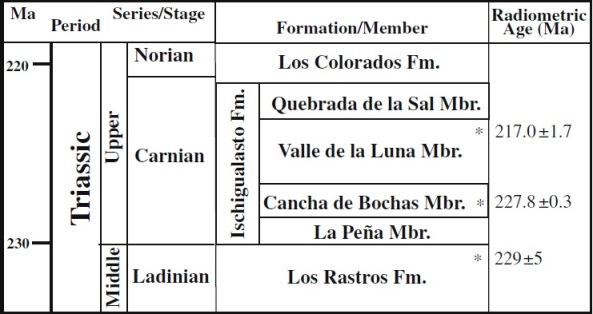H. P. Lovecraft (1890-1937) was one of the most influential writers of the 20th century. Despite leaving school without graduating, in his writings, evidences an extensive knowledge of archaeology, geology, and paleontology. According to his biographer S. T. Joshi, Lovecraft was fascinated by Antarctica since an early age. Much of this fascination is recognizable in his famous novel “At the Mountains of Madness”, written in 1931. The novel was rejected by Weird Tales and finally was published by Astounding Stories in a serial form in 1936.
“At the Mountains of Madness” is told from the perspective of William Dyer, a geologist from Miskatonic University who flies into an unexplored region of Antarctica. He’s accompanied by Professor Lake, a biologist; Professor Pabodie, an engineer; and some graduate students.The basic plot of the novel is the discovery of the frozen remains of bizarre entities from the deep space and their even more terrifying “slaves”: the shoggoths. The story could be divided in two parts. The first one is particularly rich, detailed and shows an impressive scientific erudition.
Lovecraft was influenced by Robert Byrd’s first flight over the South Pole in 1928. He wrote: “On January 6, 1931, Lake, Pabodie, Danforth, all six of the students, four mechanics, and I flew directly over the south pole in two of the great planes, being forced down once by a sudden high wind which fortunately did not develop into a typical storm. This was, as the papers have stated, one of several observation flights; during others of which we tried to discern new topographical features in areas unreached by previous explorers.”
He also was influenced by the paintings of the Himalayas by Nicholas Roerich –mentioned a total of six times in the novel-, by the theory of continental drift by A. Wegener and by the paleontological advances of his time, like the discovery of archaeocyathids found in rocks dated to the Cambrian Period in 1920. This is clear in the following paragraph when he describes something that Professor Lake found : “He was strangely convinced that the marking was the print of some bulky, unknown, and radically unclassifiable organism of considerably advanced evolution, notwithstanding that the rock which bore it was of so vastly ancient a date—Cambrian if not actually pre-Cambrian—as to preclude the probable existence not only of all highly evolved life, but of any life at all above the unicellular or at most the trilobite stage. These fragments, with their odd marking, must have been 500 million to a thousand million years old”
Of course, one of the most fascinating parts of the novel is the description of the Elder Things: “Cannot yet assign positively to animal or vegetable kingdom, but odds now favour animal. Probably represents incredibly advanced evolution of radiata without loss of certain primitive features. Echinoderm resemblances unmistakable despite local contradictory evidences. Wing structure puzzles in view of probable marine habitat, but may have use in water navigation. Symmetry is curiously vegetable-like, suggesting vegetable’s essentially up-and-down structure rather than animal’s fore-and-aft structure. Fabulously early date of evolution, preceding even simplest Archaean protozoa hitherto known, baffles all conjecture as to origin.”
According with S.T. Joshi, Lovecraft based his description of the Elder Thing in the fossil crinoids drawn by E. Haeckel in Kunstformen der Natur.
Since Lovecraft wrote his novel, several missions to Antarctica has improved our knowledge of the white continent. For instance, we know now that the interior of East Antarctica – like East Africa- is a mosaic of Precambrian provinces affected by rifting processes. While drilling into Lakes Vostok, Ellsworth, and Whillans amplified our understanding about the ability of organisms to survive in places with minimal nutrients and without sunlight as an energy source.
References:
Lovecraft, H. P, “At the Mountains of Madness”, Random House, 2005.
Joshi, S. T. (2001). A dreamer and a visionary: H.P. Lovecraft in his time. Liverpool University Press, 302.














